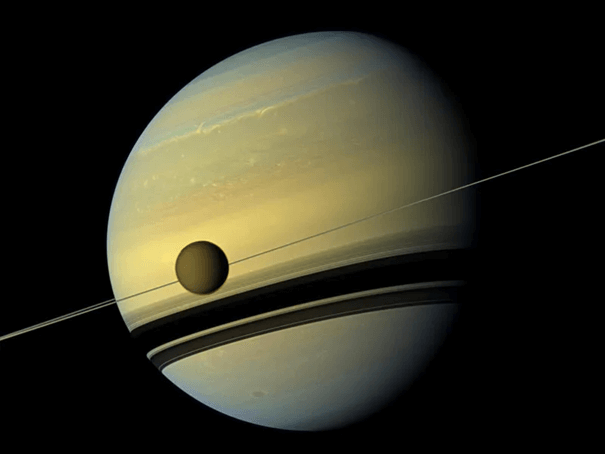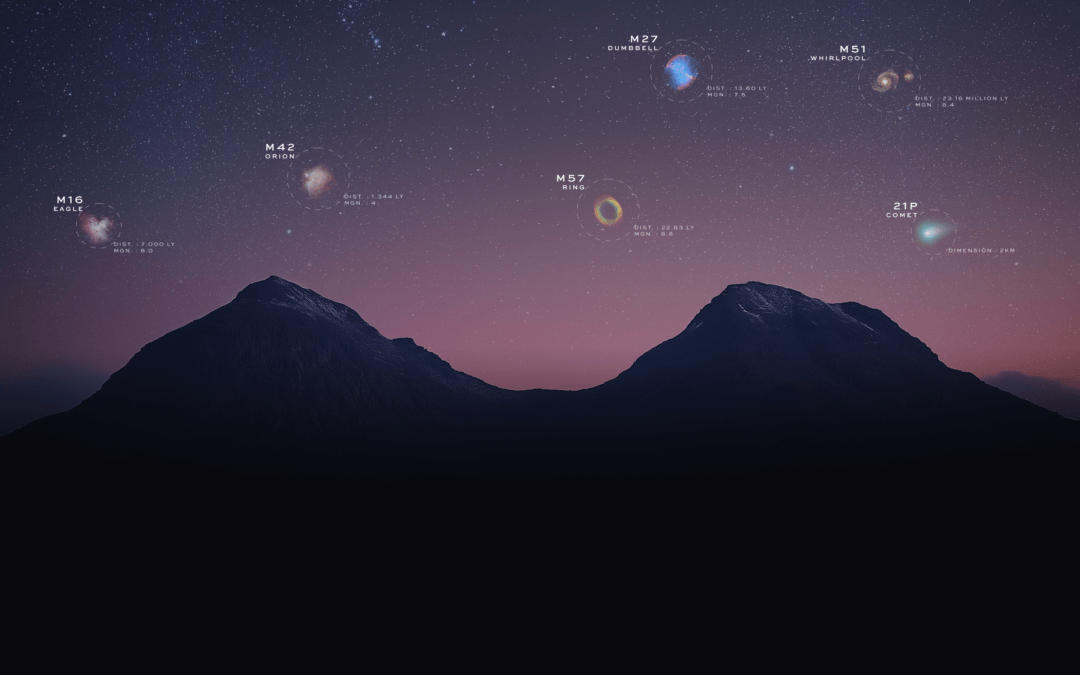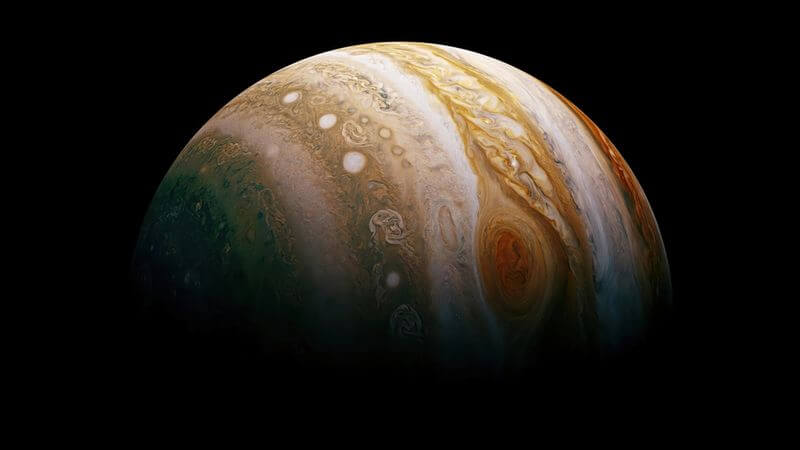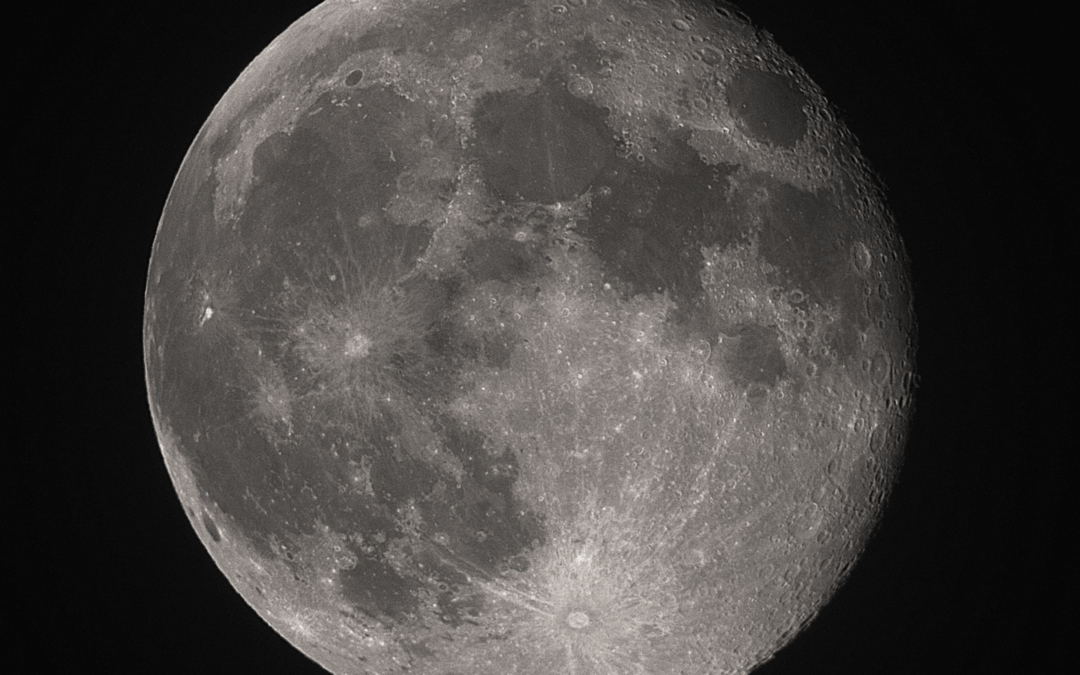A Unistellar telescope gives you access to distant exoplanets and new solar systems in the universe. And with an upcoming observation opportunity sponsored by NASA, you might even make a new exoplanet discovery!
This past January, NASA’s planet-hunting TESS spacecraft found a new exoplanet, or a planet outside our solar system, called TIC 139270665.01 that is orbiting a distant star. With further observations, SETI Institute scientists Paul Dalba and Daniel Peluso have determined the exoplanet is about the size of Saturn, and, more excitingly, that it’s not alone. Another object, yet to be identified, lurks in its solar system.
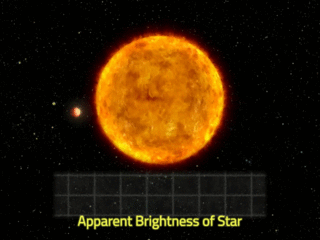
As an exoplanet passes in front of its star, it blocks out a portion of the star’s light.
The astronomers aren’t yet sure if this hidden object is another planet. It could also be a brown dwarf, an object between a gas giant planet and a star that can’t sustain nuclear fusion. We can find out what this unknown counterpart might be by better observing the orbit of the already-discovered exoplanet, which is set to transit, or pass in front of its star, this December.
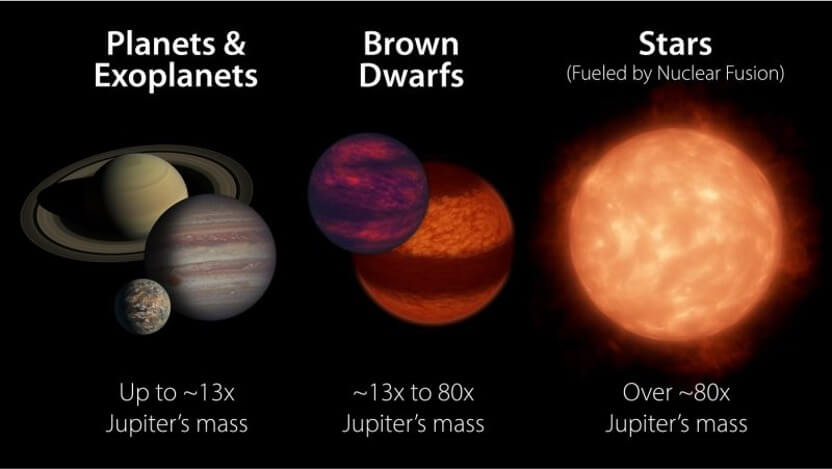
TIC 139270665.01’s system may be hiding another exoplanet or brown dwarf, an intermediate object between a gas giant planet and a star.
If you’re in the shaded region of the globe below, you can catch the exoplanet transit on any of four consecutive nights from December 9 to December 12 with your Unistellar telescope. You can observe just one night, but the more observation time we get, the better our odds of identifying the exoplanet’s mysterious companion. Plus, this exoplanet has only been observed once by TESS, so citizen astronomers have the chance to change its “one-hit wonder” status!
How you can search for this Solar System’s hidden companion:
If this is your first time observing an exoplanet transit, first check out our Exoplanet Tutorial page for an overview of the techniques involved. Then, head to Unistellar’s Exoplanet Missions page, select your location and click on any of the rows for TIC 139270665.01 from December 9 – 12 to find the observation settings and visibility map. You can use the deeplink to observe for three hours, which is the recommended minimum observing time, or you can input the row’s recording settings manually to break your observation into one-hour increments (this may improve your telescope’s tracking).
Check out the spinning-globe video for a visual — you can observe when your location is in the red-shaded portion of Earth. In its entirety, the window for helpful observations begins on Friday, December 9 at UTC 19:00 and ends on Monday, December 12 at UTC 22:00.
Lastly, when you are done observing for the night, please submit this short REPORT FORM so we know to process your data.
If you have any questions, please reach out to us at [email protected].
A globe showing the visibility of TIC 139270665.01’s transits from Dec 9 to Dec 12. If you are in the red-shaded region of the Earth, you can observe the transit at the times shown.
Further readings
Titan’s shadows
Every month, discover three unmissable celestial events to observe with your Unistellar telescope.
3 Reasons to observe this month
Every month, discover three unmissable celestial events to observe with your Unistellar telescope.
Observing Eclipses on Jupiter: Cosmic Spectacles Through a Telescope
The latest Unistellar App Update, version V3.0, is now live. Explore a smooth stargazing experience !
Unistellar Community Included In Multiple Scientific Papers
Did you know Unistellar Citizen Astronomers are often cited in published scientific papers? Find out how you can contribute too!
What Are the Names of All the Full Moons in 2024?
Discover the enchanting names of the full moons in 2024. Delve into the unique character of each lunar spectacle and embrace the allure of the night sky.
New Unistellar App Update: Version 3.0
The latest Unistellar App Update, version V3.0, is now live. Explore a smooth stargazing experience !

